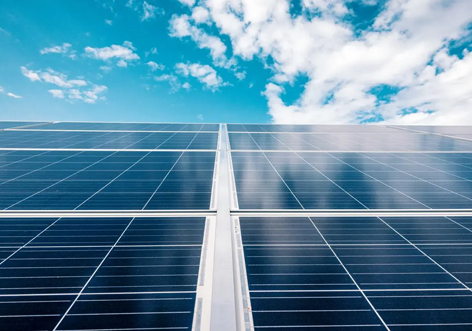The world needs more power, preferably in a form that’s clean and renewable. Our energy-storage strategies are currently shaped by lithium-ion batteries – at the cutting edge of such technology – but what can we look forward to in years to come?

Technology
Let’s begin with some battery basics. A battery is a pack of one or more cells, each of which has a positive electrode (the cathode), a negative electrode (the anode), a separator and an electrolyte. Using different chemicals and materials for these affects the properties of the battery – how much energy it can store and output, how much power it can provide or the number of times it can be discharged and recharged (also called cycling capacity).
Battery companies are constantly experimenting to find chemistries that are cheaper, denser, lighter and more powerful.



